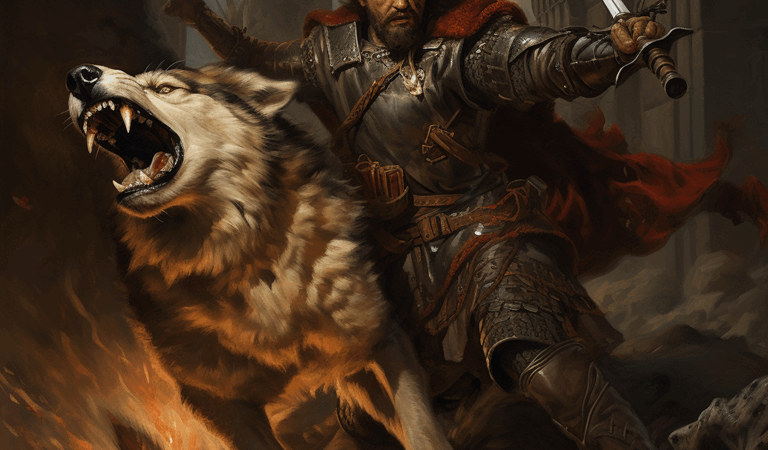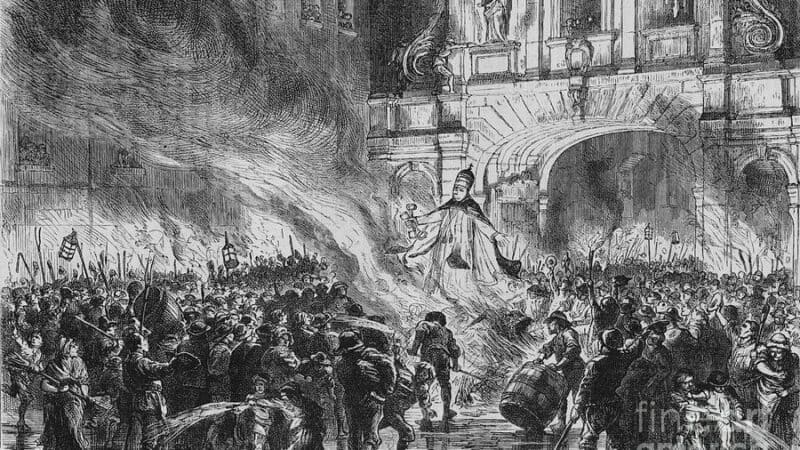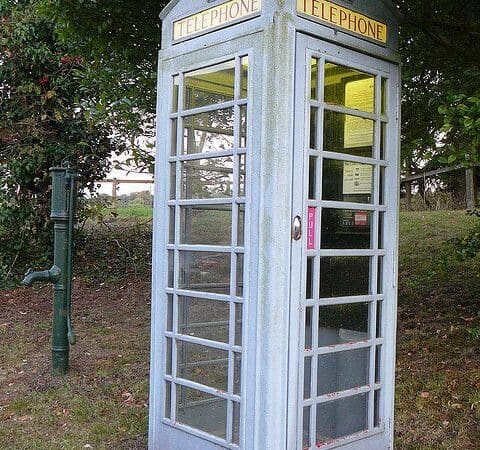14 Fun Facts about the Royal Family
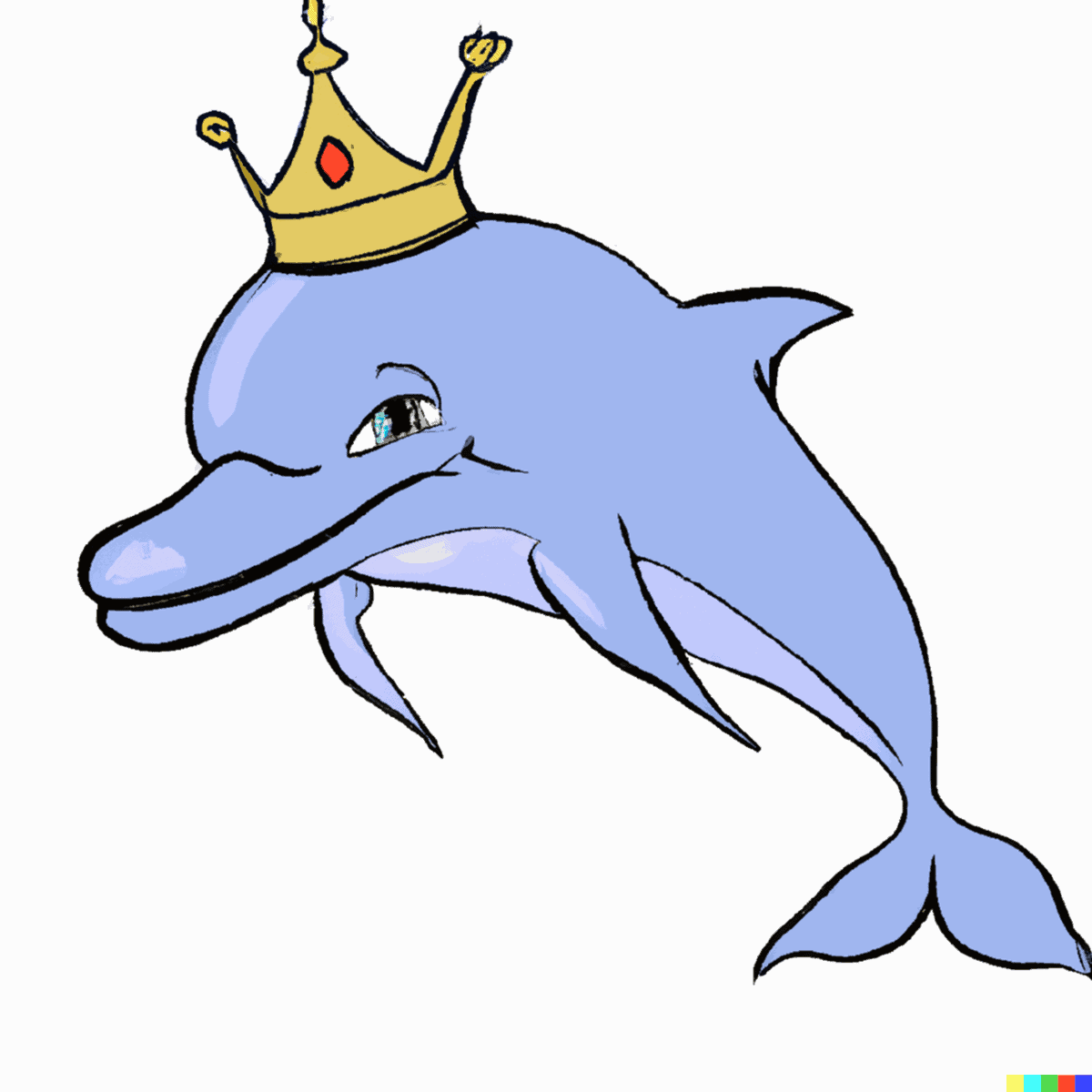
1. The King owns all whales, dolphins and sturgeons
Some readers may already know that the King holds dominion over all unmarked swans (swans that have not been tagged and are left unclaimed by landowners) mute swans or other swans native to England and Wales in open water.
But did you know this also applies to whales, dolphins and sturgeons, which, since 1324, are recognised as ‘fishes royal’? Indeed, eating sturgeon caught in British waters is prohibited without the express consent of the royal family.
2. The King is only the 263rd richest person in the UK
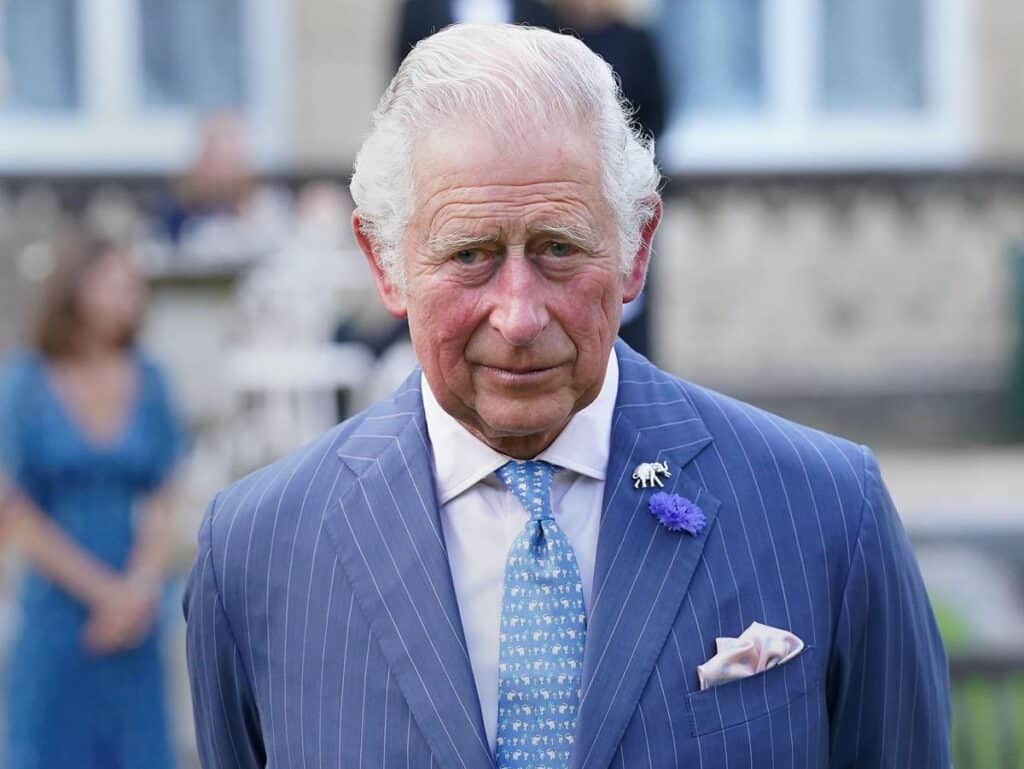
The King ranks 263rd in the Sunday Times 2023 UK Rich List, between Tej Lalvani, famous for Vitabiotics, and David Wilson and family, a Leciester-based property company.
King Charles has a net worth of £600 million, twice that of the late Queen. As a major landlord, a lot of his income comes from housing developments and his most valuable assets are Sandringham Estate (20,000 acres) and Balmoral (50,000 acres).
However if you take into account the monarchy as a whole including the Crown Estate, it is valued at £21.3 billion. When the Queen died, Charles inherited everything she owned including $500 million in offshore investments (tax-free, as the Royals are exempt from inheritance tax, when the assets go to the successor).
The King did not make it into the Bloomberg Billionaires Index list of the 500 richest people in the world.
3. There are 18 princes and princesses and over 40 members of the Royal family

In the UK, there are 18 living princes and princesses. Here they are, in line of succession:
1 William, Prince of Wales, age 41
2 Prince George of Wales, age 9
3 Princess Charlotte of Wales, age 8
4 Prince Louis of Wales, age 5
5 Prince Harry, Duke of Sussex, age 38
6 Prince Archie of Sussex, age 4
7 Princess Lilibet of Sussex, age 2
Descendant of Elizabeth II:
8 Prince Andrew, Duke of York, age 63
9 Princess Beatrice, Mrs Edoardo Mapelli Mozzi, age 34
11 Princess Eugenie, Mrs Jack Brooksbank, age 33
13 Prince Edward, Duke of Edinburgh, age 59
14 James, Earl of Wessex[a], age 15
15 Lady Louise Mountbatten-Windsor[b], age 19
16 Anne, Princess Royal, age 72
Descendant of George V:
30 Prince Richard, Duke of Gloucester, age 78
40 Prince Edward, Duke of Kent, age 87
51 Prince Michael of Kent, age 81
56 Princess Alexandra, The Honourable Lady Ogilvy, age 86
4. Hidden talent: King Charles is a talented painter
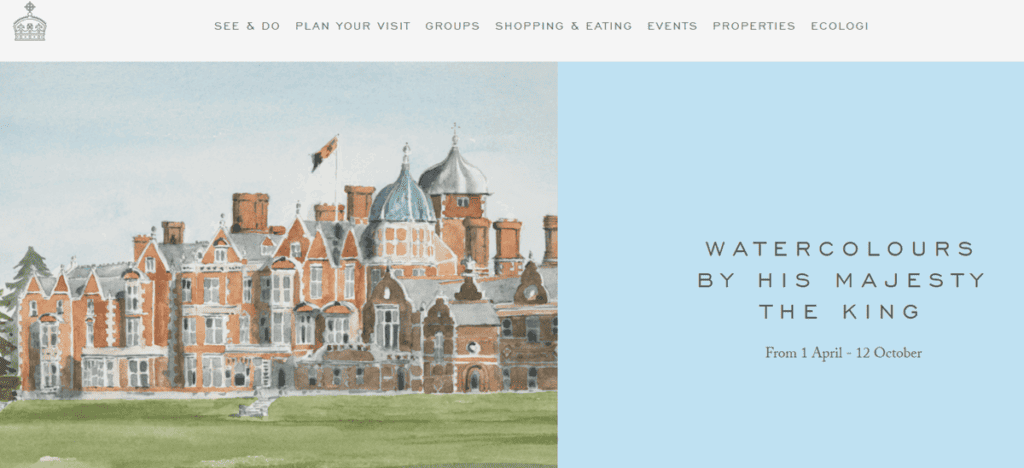
King Charles is known for his passion for art and painting. He gives his works to friends and has exhibited and sold some of his artwork to raise funds for charitable causes. His watercolour paintings were on display at Sandringham House in a one-off temporary watercolour exhibition.
He is also a talented musician and can play the piano, cello, and trumpet.
5. The King can fire the whole Australian Government

As the head of state in Australia and various other Commonwealth Realms, the King holds certain powers over the government. In 1975, the Queen’s representative in Australia, John Kerr dismissed the prime minister during a government shutdown and dissolved the government. Since then, Australia has not experienced another shutdown.
6. The Royal Family didn’t have a surname until 1917
The royal family didn’t have a surname until 1917. Prior to that, they followed their first names with the name of their house or dynasty (Saxe-Coburg-Gotha). After the Great War there was a lot of anti-German sentiment in Britain, and the Royals wanted to distance themselves from their German routes. So King George V adopted the name “Windsor” as the family name, after the name of their castle.
Bonus fact 1: Windsor is one of the biggest residences in the world, it has 1000 rooms and has been occupied by monarchs for 1000 years.
Bonus fact 2: In 1960, Queen Elizabeth II and Prince Philip declared that their children, who are not entitled to royal styles and titles, would use the surname “Mountbatten-Windsor,” a combination of their two surnames.
7. The Royals always carry a black suit when travelling
Royal Protocol: The royal family follows numerous protocols and traditions. For example, they are expected to always carry a black outfit while traveling to be prepared for the event of a sudden death in the family.
Metro: Why Royal Family members must always travel with a black outfit in their suitcases
8. If the King visits Foulis Castle, he should be given a snowball, even in midsummer
King James VI of Scotland settled a land dispute on the Foulis estate in Scotland and in return stipulated that should a reigning monarch ever visit, they could demand a ball of snow, even in midsummer.
This wasn’t as difficult as it seems as it is close to Ben Wyvis which had snow on its peak nearly all year round. This was a law for King James VI of Scotland, but when England and Scotland were united, the King of England inherited all the rights of the Scottish Crown, including snowballs.
9. It takes 100 bears each year to make the hats for the Royal Guard
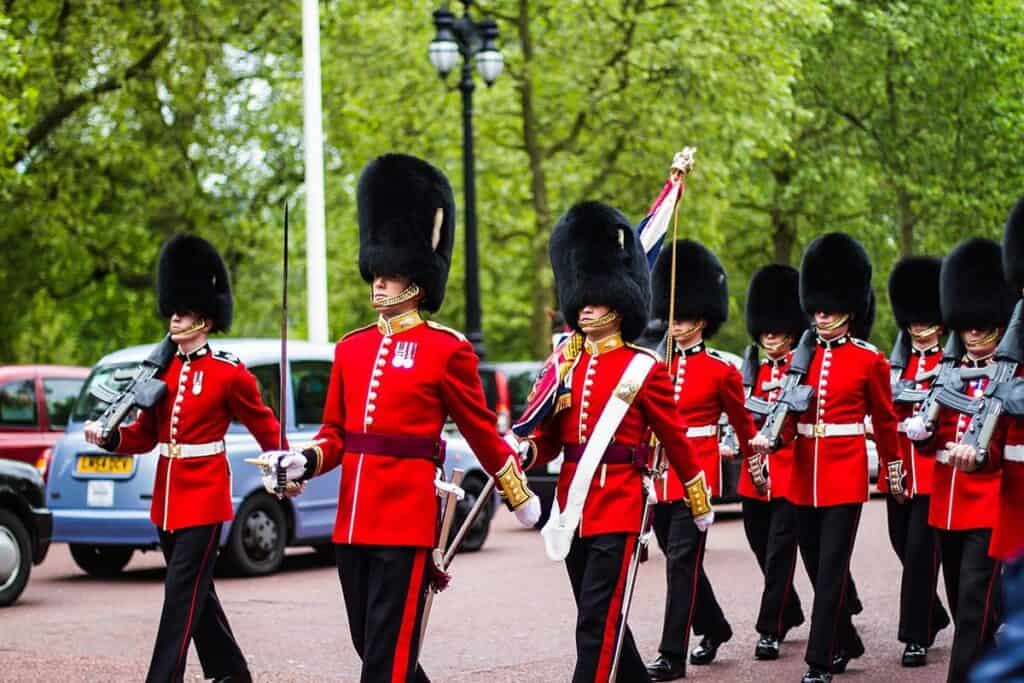
It takes the fur and skin of one Canadian black bear to make each Bearskin cap for solders of the Royal Guard.
The earliest recorded bearskin caps were worn by European soldiers in the 17th century. One theory is that soldiers wore them to make them look taller and more intimidating. It is said that Napoleon Bonaparte’s Imperial army wore them, and when they were defeated by the British in the Battle of Waterloo, the British were so impressed by the hats, they decided to start wearing them themselves. Initially the hats were just for Grenadiers, but eventually they were adopted by other foot regiments.
According to the IUCN, the black bear is not endangered, there are 500,000 of them in Canada and every year 20,000 are legally harvested, although PETA says it is inhumane. 106,354 people signed a petition against bearskin hats and Pamela Anderson asked Boris Johnson to stop the practice.
MOD spending on fur hats:
- 2019: 92 caps, costing £127,440
- 2018: 61 caps, costing £76,206
- 2017: 172 caps, costing £201,071
- 2016: 207 caps, costing £240,382
- 2015: 122 caps, costing £149,379
- 2014: 127 caps, costing £136,671
10. The Royals have their own private cash machine
A private cash machine is installed on the lower floor of Buckingham Palace. The machine, provided by Coutts, one of Britain’s most prestigious and exclusive banks, offers convenient access to cash for the royals.
11. The Crown Estate owns all the seabed around the UK

In order to establish and run a marine fish farm or wind farm in coastal waters, you would need to obtain a lease for the seabed from The Crown Estate, as they have ownership of almost all the seabed surrounding the UK up to the territorial sea limit of 12 nautical miles (shown in green).
The Crown Estate recorded a remarkable 41% increase in profit this year; £442.6 million ($559 million), primarily driven by the income generated from new leases for six offshore wind farms.
Royal Right to Summer Snowballs
12. The King is immune from prosecution

The concept of the king’s immunity from prosecution, often enshrined in monarchies, serves as a centuries-old pillar of political tradition and power dynamics. Rooted in the belief that the king’s authority is divinely ordained, this immunity shields the monarch from legal accountability and, in some cases, grants them a virtually untouchable status. This unique privilege, while viewed as a symbol of sovereignty, has also been a source of controversy and debate, raising questions about justice, accountability, and the balance of power in governance systems around the world.
The only time a monarch has ever been prosecuted was in 1649 when King Charles I was tried and executed for treason. He was prosecuted by Oliver Cromwell and the parliamentarians after the Civil War, and was beheaded outside the Banqueting House in Whitehall, on 30th January 1649.
13. The Queen used her handbag to make secret signals
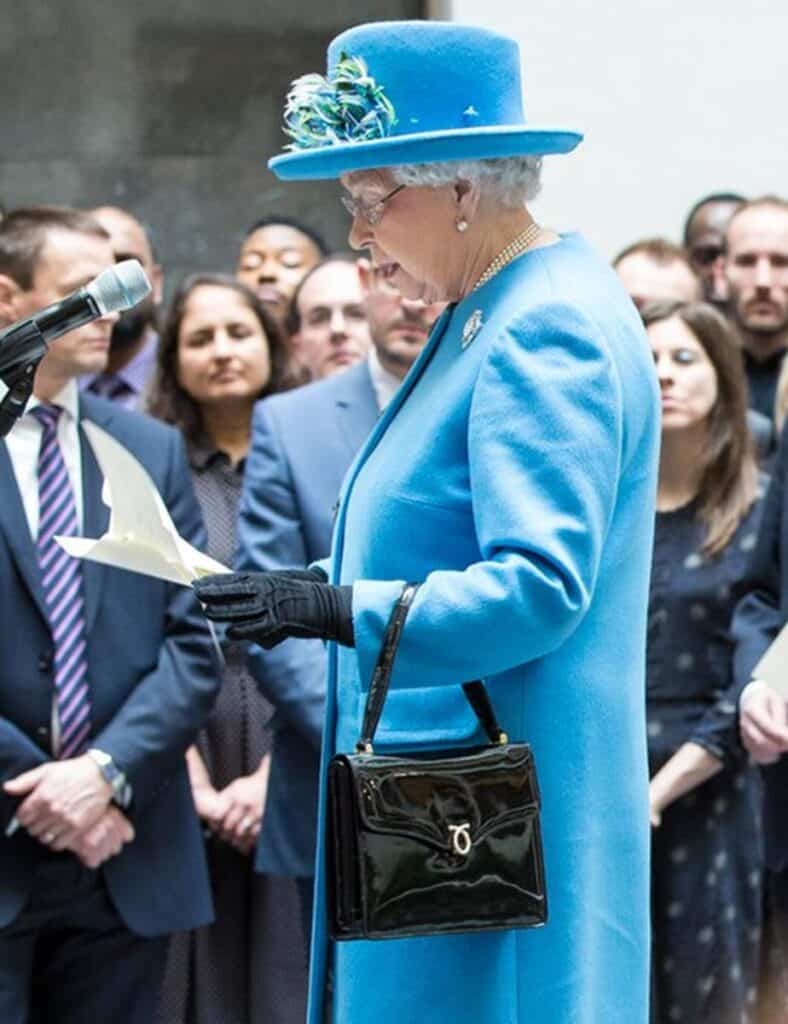
The Royals never carry cash, relying on their bodyguards or police to pay for anything during visits. But , according to her biographer, the Queen used to break that rule and carry a few notes in her handbag (as well as a compact mirror, lipstick, a fountain pen, mint lozenges, and her reading glasses).
But the handbag also served another purpose; the Queen would use it to subtly signal to her minders. If she had grown tired of her interlocuter she would shift her bag from one hand to another. And if she wanted to leave she would place her handbag on the table.
14. All British money will change to show the face of King Charles in 2024
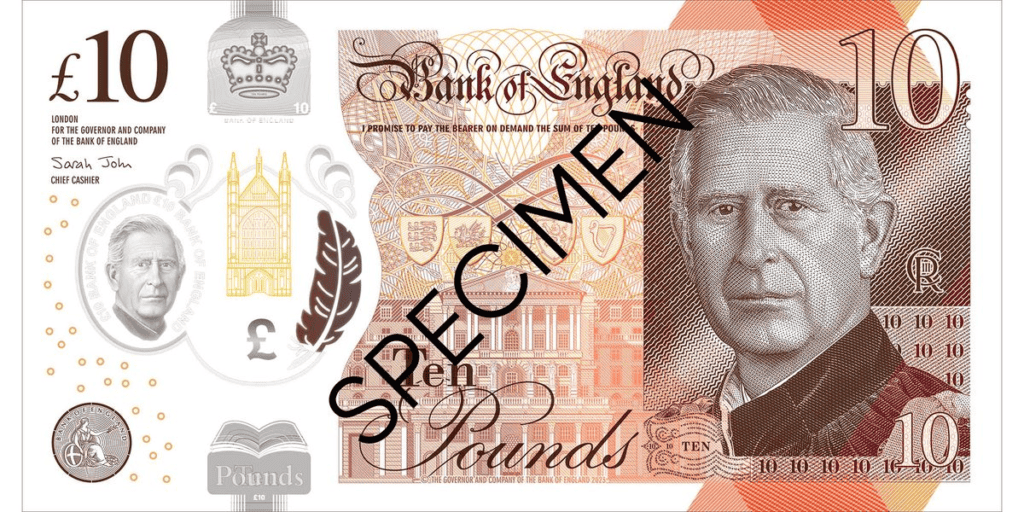
This will be the first time the monarch portrayed on the currency is not wearing a crown. It is also unique in that he is looking straight at the viewer, rather than a sideways profile as in the past. Older money bearing the Queen will still be accepted.
Sources:
https://www.independent.co.uk/life-style/queen-elizabeth-powers-birthdays-b1820969.html
Time to Go Inside King Charles III’s Massive Net Worth
THE EXECUTION OF CHARLES I KILLING OF A ‘TREASONOUS’ KING – Historic Royal Palaces
Everything you need to know about the new King Charles coins and notes – Good Housekeeping




